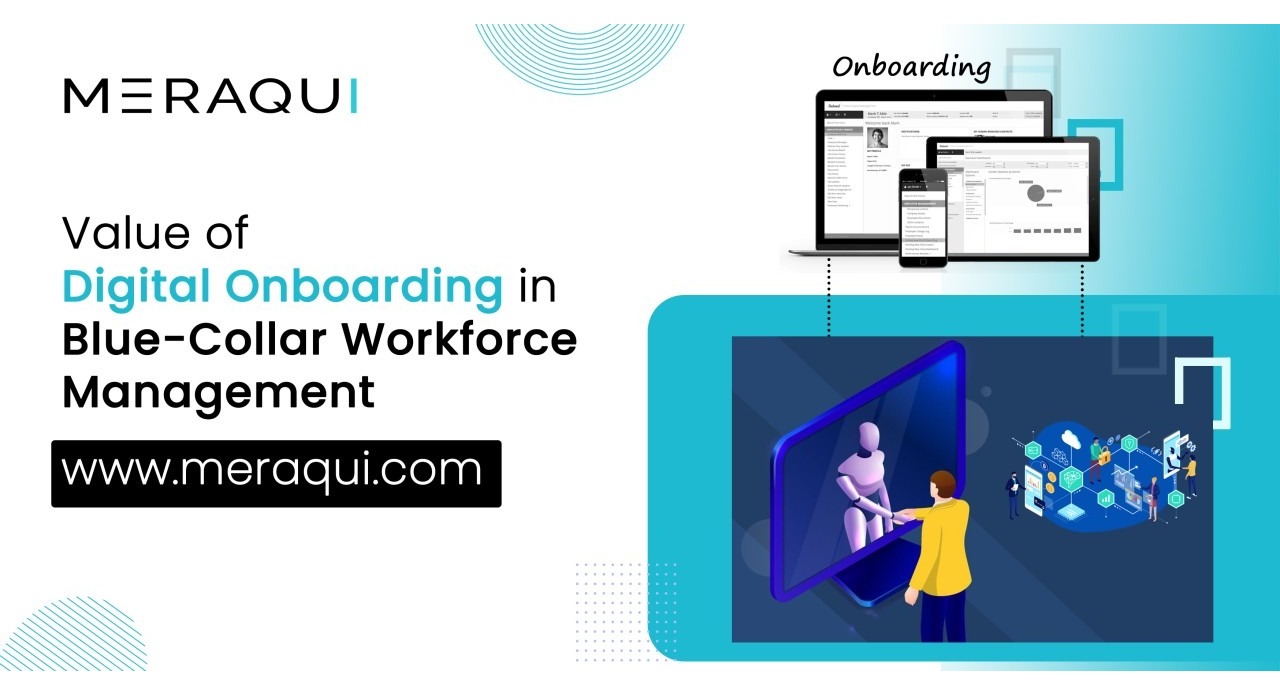Automation in the logistics and warehousing industry is no news. The wave of automation has left a major part of the global workforce feeling alienated or threatened by the prospect of losing jobs.
However, the Blue-collar Report 2021 shows that there is a huge increase in demand for blue-collar workers. With the right amount of upskilling training for the trainees/employees, automation-led unemployment could be tackled.
What is a Blue-Collar Employee?
People who work in hard manual labor, such as agriculture, manufacturing, construction, mining, and maintenance, are referred to as ‘blue-collar.’
Physically difficult duties may be needed in some blue-collar occupations. The majority of blue-collar employees do not have a degree or certificate.
They may be required to operate outside, with heavy machinery, or with animals. Workers may be skilled or unskilled. Skill development can take place on the job or, more typically, in a trade school.
Blue-collar employees are the foundation of any enterprise. Companies would incur substantial losses if it weren’t for blue-collar labor. As a result, even successful businesses never want to disregard their blue-collar staff.
What do you mean by Digital Onboarding?
Digital onboarding may be defined as the process of acquiring a new customer to a new company or subscribing a new user to a new service remotely, typically via a user’s mobile device.
Customers will abandon the process or go elsewhere if it is not quick, simple, and smooth. Digital onboarding aims to simplify the signup process and integrate clients into the company’s database.
Onboarding is the process of enrolling with a firm to receive access to its goods or services. Before the internet era, onboarding was largely done in person or by letter. As a result of the pandemic, even more, people are turning to digital platforms.
Personal identification (often a form of government-issued ID) and biometric information, such as photo capture, face scan, or fingerprint, are collected during digital onboarding.
Why Should You Opt for Digital Onboarding?
These are some of the primary advantages of digital onboarding:
Speed: Unlike traditional onboarding approaches, which can take up to three weeks, digital onboarding can typically be finished in a matter of minutes.
E-Signatures: Employees check off checklists and confirmations as they go through onboarding processes. Furthermore, electronic signatures can be obtained online, eliminating the need for new hires to visit the office.
Fewer errors: By digitizing the onboarding process, there is less likelihood of human error while manually entering papers or information.
User-friendly interface: Digital onboarding is quick and straightforward.
Security: Digital onboarding is safe and adheres to industry norms, ensuring a high level.
Cost and time efficient: Since digital onboarding is much more efficient than manual methods, applicants can spend less time working on it. It can be significantly less expensive.
“M Engine” brings you the Ultimate AI Experience
Meraqui recognizes the difficulty and importance of keeping a smooth workflow and has come up with “M Engine”, your personal assistant, and companion. He is responsible for bridging the employee-organization communication gap and ensuring effective workforce management.
Final Thoughts
Digital onboarding can be crucial to a business’s employment procedure. Digitizing the process ensures fast, accurate, and cost-efficient results. No business would want to waste time manually entering every detail of applicants when everything could be done online, within minutes. After all, ‘Time is Money. ‘
hashtag#bluecollarjobs hashtag#onboarding hashtag#onboardingprocess hashtag#ai hashtag#employeeengagement hashtag#staffing hashtag#workforce hashtag#workforcemanagement hashtag#digitalonboarding hashtag#apprenticeships hashtag#business hashtag#warehousing hashtag#management

